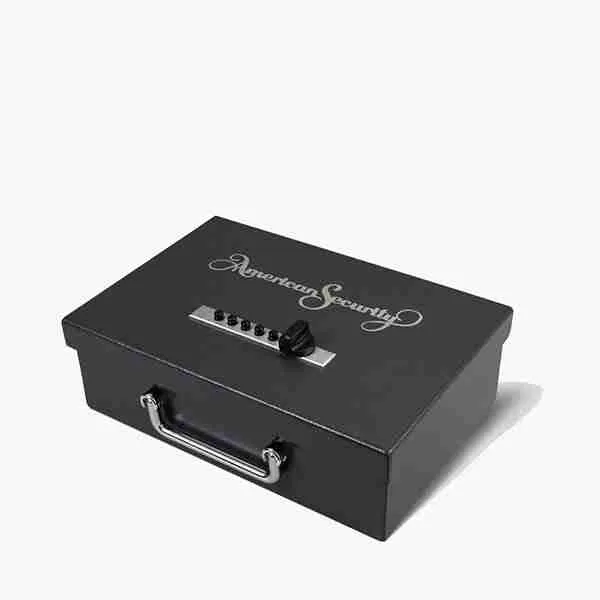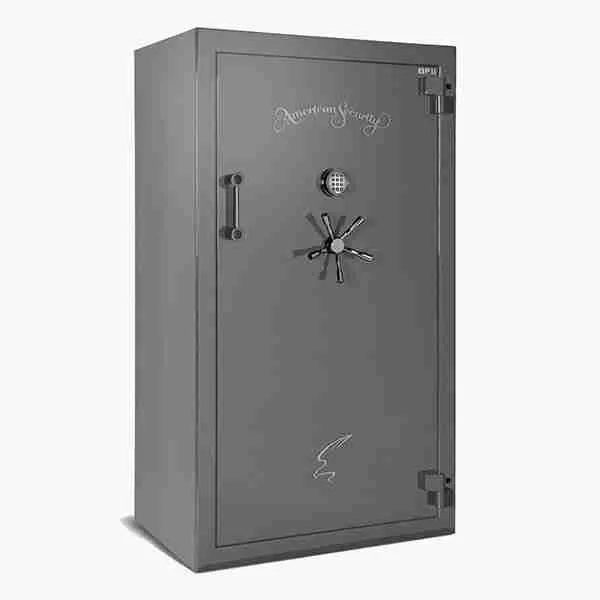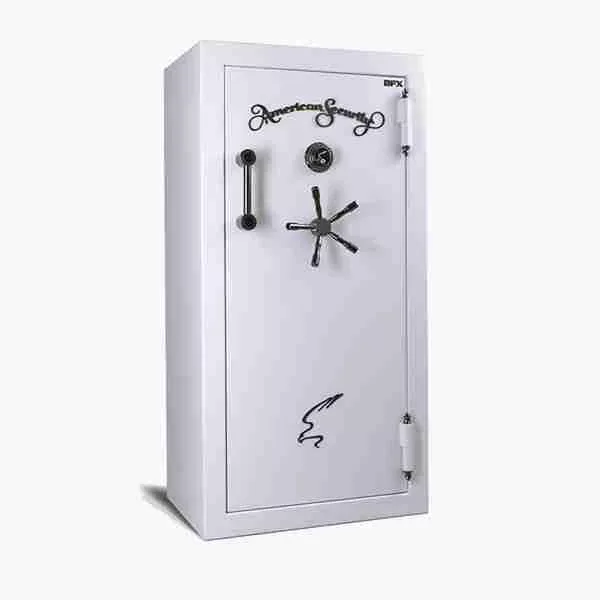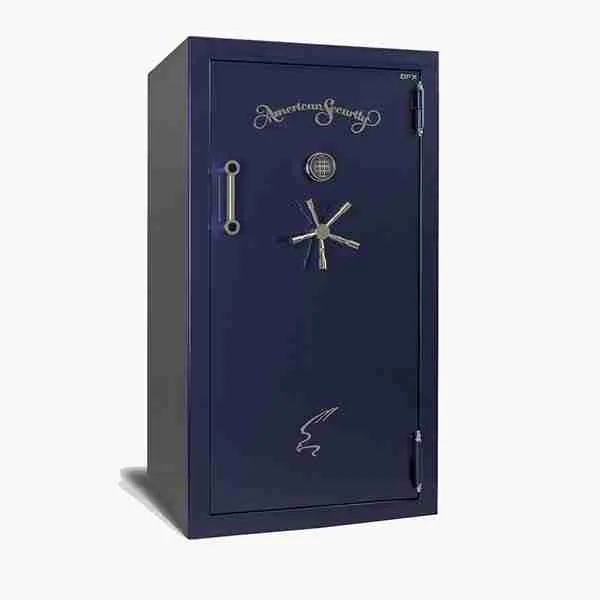Ensuring Firearm Safety: A Guide to Gun Safes in California
In California, where firearm regulations are stringent and safety is paramount, owning a gun comes with a great responsibility. One crucial aspect of responsible gun ownership is ensuring the security of your firearms to prevent accidents, theft, and unauthorized access. This article delves into the importance of gun safes in California, their legal requirements, features to consider, and how they contribute to overall firearm safety.
The Significance of Gun Safes in California
California boasts some of the most comprehensive firearm regulations in the United States. In a state where gun control is a priority, it’s essential for gun owners to invest in secure storage solutions like gun safes. Proper storage not only helps prevent firearm theft but also plays a pivotal role in reducing access to firearms by unauthorized individuals, such as children and criminals.
California law mandates that firearms be stored safely to prevent unauthorized access. The state requires that all firearms be stored in a locked container or with a locking device that renders the firearm inoperable. A gun safe is an excellent option to fulfill this requirement, as it offers a high level of security and peace of mind. Moreover, some local jurisdictions within California might have additional storage requirements, so it’s essential to be aware of these regulations.
When selecting a gun safe in California, there are several factors to consider:
- Security – Opt for a safe with robust security features, such as heavy-duty steel construction, pry-resistant doors, and advanced locking mechanisms. Look for safes that are California Department of Justice (DOJ) approved, ensuring compliance with state standards.
- Size and Capacity – Choose a safe that can accommodate your firearms collection and other valuables. Consider your current needs as well as potential future additions to your collection.
- Fire Resistance – California is prone to wildfires, so selecting a safe with fire-resistant properties is crucial. Look for safes with fire ratings that can withstand high temperatures for extended periods.
- Tamper Alerts – Some modern safes come equipped with tamper alerts or notifications that can be sent to your phone, providing real-time information about any attempted unauthorized access.
- Biometric Locks – Biometric locks, such as fingerprint recognition, offer quick and secure access to your firearms while keeping them out of reach of unauthorized individuals.
- Mounting Options – Safes can be anchored to the floor or wall, adding an extra layer of security against theft.
- Price and Warranty – Invest in the best safe you can afford, keeping in mind that it’s a long-term investment in safety. Look for warranties that cover defects and damage.
Gun safes play a pivotal role in promoting overall firearm safety in California. They prevent accidents involving children, reduce the risk of firearm theft, and ensure that only authorized individuals can access the firearms. By complying with California’s storage requirements, gun owners not only adhere to the law but also contribute to the safety of their communities.
Safety and Storage Devices
When considering the storage of firearms within your household, ensuring a safe and secure approach becomes paramount. California underscores the significance of this by mandating that firearms sold in the state must either be equipped with a Department of Justice (DOJ)-approved safety device or be accompanied by evidence of ownership of a compliant gun safe in accordance with established regulations. The current list of endorsed safety devices and gun safe standards is accessible through http://oag.ca.gov/firearms/fsdcertlist.
A diverse array of safety and storage devices catering to various budgets is accessible to the general public. While some devices are designed as locking mechanisms to prevent loading or firing of the firearm, they may not deter unauthorized handling or theft. Additionally, locking storage containers are available to discreetly store firearms. For optimal safety, it’s recommended to employ both a firearm safety device and a locked storage container when storing an unloaded firearm.
Among the prevalent locking mechanisms are trigger locks and cable locks. Trigger locks are typically composed of two components encircling the trigger and trigger guard, effectively blocking trigger access. One component holds a post that fits into a hole on the other side and is secured using a key or combination mechanism. Cable locks, conversely, entail looping a robust steel cable through the firearm’s action to prevent its operation and accidental firing. Nevertheless, it’s important to note that neither trigger locks nor cable locks are engineered to prevent unauthorized firearm access.
Smaller lock boxes and larger gun safes stand out as two frequently encountered types of locking storage containers. Notably, lock boxes and gun safes are designed to comprehensively prevent unintended handling and removal of firearms. Lock boxes are commonly constructed from durable, high-quality metal and can be unlocked using a key or combination lock. Gun safes, often hefty and weighing a minimum of 50 pounds, offer heightened security. Despite being a more costly firearm storage option, gun safes generally provide greater reliability and security.
A vital reminder is that the effectiveness of safety and storage devices hinges on the care taken to safeguard the corresponding key or combination.
Learn more about California’s Gun Laws.






